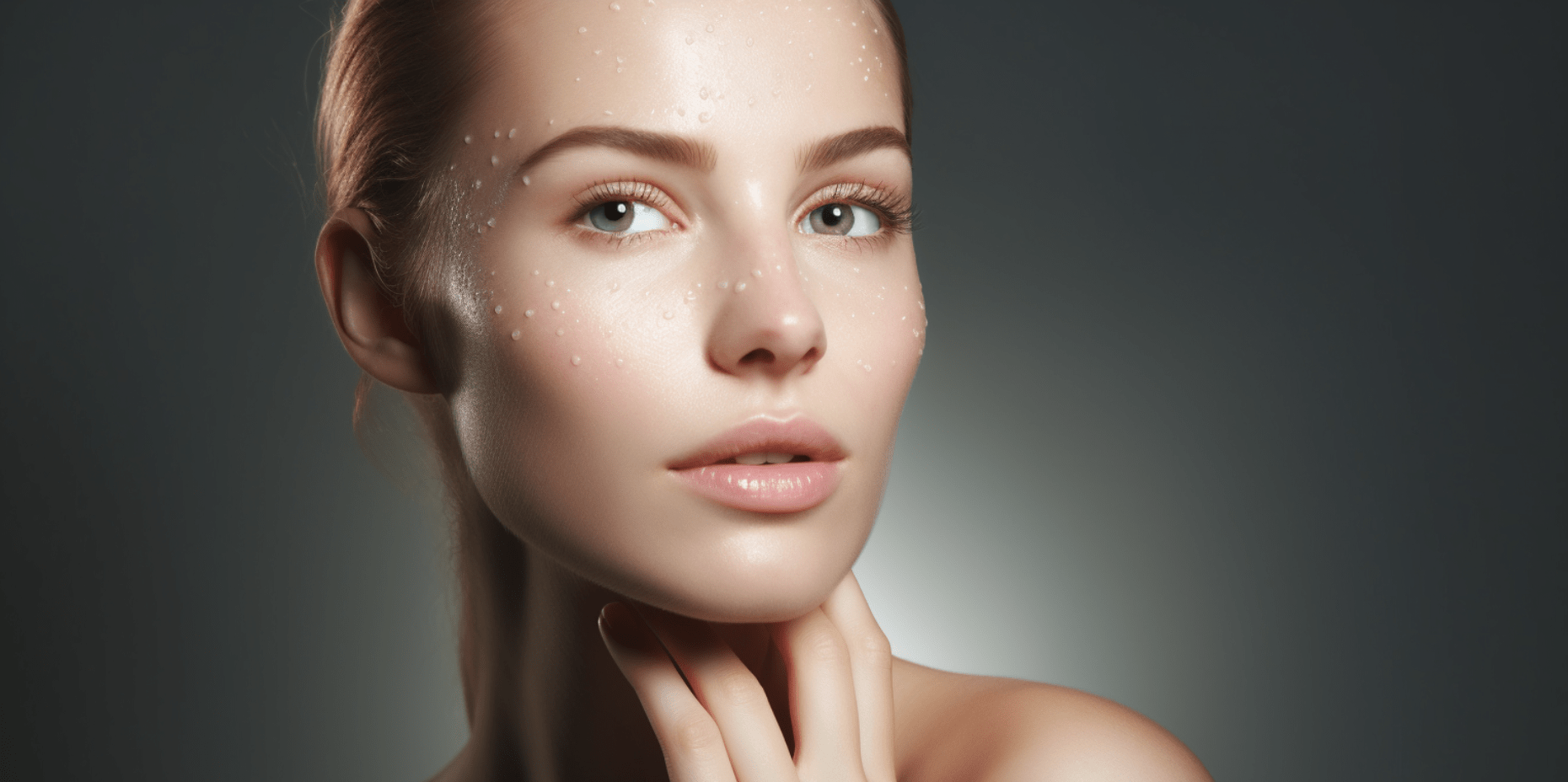Acne scars can be a lasting reminder of past breakouts, affecting your skin’s appearance and self-confidence. Fortunately, advancements in medical technology have paved the way for effective treatments, one of which is laser skin resurfacing acne scars. This article will delve into the world of laser treatment for acne scars, discussing what it is, how it works, its benefits, potential side effects, and much more. If you’re considering laser acne scar removal or are simply curious about this procedure, read on to discover the seven key things you need to know.
1. What is Laser Skin Resurfacing for Acne Scars?
Laser skin resurfacing for acne scars is a cosmetic procedure that uses high-energy laser beams to improve the texture and appearance of the skin affected by acne scars. This non-invasive or minimally invasive treatment is becoming increasingly popular due to its ability to target and diminish the appearance of various types of acne scars, including atrophic scars (depressed scars) and hypertrophic scars (raised scars).
2. How Does Laser Acne Scar Removal Work?
The laser treatment for acne scars works by precisely targeting the damaged skin tissue. Here’s how it typically works:
2.1. Laser Energy Penetration
During the procedure, a specialized laser device emits concentrated light energy. This energy penetrates the skin’s surface and is absorbed by the water and pigments in the skin. The laser’s intensity and wavelength can be adjusted based on the type and depth of acne scars being treated.
2.2. Collagen Stimulation
As the skin absorbs the laser energy, it stimulates the production of collagen, a vital protein responsible for maintaining skin elasticity and firmness. Collagen production helps fill in atrophic scars and improve the skin’s overall texture.
2.3. Tissue Resurfacing
The laser energy also vaporizes or removes the top layer of damaged skin, allowing new, healthier skin to grow in its place. This process effectively reduces the appearance of scars and results in smoother, more youthful-looking skin.
3. Types of Lasers Used for Acne Scar Laser Treatment
Various types of lasers are used for acne scar laser treatment, each with unique characteristics and advantages. The most common types of lasers include:
3.1. Fractional CO2 Lasers
Fractional CO2 lasers are known for their ability to treat both superficial and deep acne scars. They work by emitting precise beams of light in a fractional pattern, targeting only a fraction of the skin’s surface at a time. This minimizes downtime and reduces the risk of complications.
3.2. Erbium YAG Lasers
Erbium YAG lasers are often used for shallower acne scars and have a shorter recovery time compared to CO2 lasers. They are suitable for individuals with lighter skin tones.
3.3. Pulsed Dye Lasers
Pulsed dye lasers are effective in treating red or vascular acne scars. They target the blood vessels, contributing to the redness and inflammation associated with some acne scars.
3.4. Fractional Non-Ablative Lasers
Fractional non-ablative lasers are less invasive and have a shorter recovery period. They are ideal for mild to moderate acne scars and are suitable for individuals with various skin types.
Your dermatologist or medical professional will assess your specific acne scars and skin type to determine the most appropriate laser type for your treatment.
4. Benefits of Laser for Acne Scars
Laser acne scar removal offers several compelling benefits, making it a popular choice among individuals seeking scar reduction and improved skin texture:
4.1. Precision Targeting
Laser treatments are highly precise, allowing healthcare providers to target only the scarred areas, leaving the surrounding healthy skin intact.
4.2. Versatility
Different lasers can be tailored to treat various types of acne scars and skin tones, providing a customizable solution for each patient.
4.3. Minimal Downtime
Many laser treatments have minimal downtime, meaning you can return to your daily activities relatively quickly after the procedure.
4.4. Collagen Production
The stimulation of collagen production not only improves the appearance of existing scars but also helps prevent new ones from forming.
4.5. Long-Lasting Results
Although it may take multiple sessions to achieve the best results, laser skin resurfacing can provide a more lasting solution for acne scars.
5. What to Expect During and After the Procedure
Before undergoing laser treatment for acne scars, it’s crucial to understand the process and what to expect:
5.1. Consultation
Your journey begins with a consultation with a qualified dermatologist or skincare specialist. Your specific scar types, skin types, and treatment goals will be assessed during this consultation, and a personalized treatment plan will be created.
5.2. Preparation
Depending on the type of laser used, you may be instructed to prepare your skin by applying topical numbing creams or taking prescribed medications before the procedure.
5.3. During the Procedure
The procedure typically takes around 30 minutes to an hour, depending on the size and severity of the treated area. You may feel mild discomfort, but numbing creams or anesthesia will help manage pain.
5.4. Aftercare
Following the procedure, you can expect some redness, swelling, and mild discomfort in the treated area, which usually subsides within a few days to a week. It’s essential to follow your healthcare provider’s post-procedure instructions, including using special skincare products and avoiding sun exposure.
5.5. Multiple Sessions
Achieving the best results often requires a series of laser treatments spaced several weeks apart. The exact number of sessions will depend on the severity of your scars and the type of laser used.
6. Potential Side Effects and Risks
While laser skin resurfacing for acne scars is generally safe, there are some potential side effects and risks to be aware of, including:
6.1. Redness and Swelling
Temporary redness and swelling are common after the procedure but usually resolve within a few days.
6.2. Pigment Changes
In some cases, temporary changes in skin pigmentation, such as darkening or lightening, may occur, particularly in individuals with darker skin tones.
6.3. Scarring
Although laser treatments aim to reduce scarring, there is a minimal risk of developing new scars, especially if post-treatment care instructions are not followed.
6.4. Infection
While rare, there is a risk of infection following the procedure. Proper aftercare and hygiene are essential to minimize this risk.
6.5. Healing Time
The recovery time can vary from person to person, and some individuals may experience a longer healing process than others.
It’s crucial to discuss potential side effects and risks with your healthcare provider during your initial consultation to ensure you have a clear understanding of what to expect.
7. Is Laser Acne Scar Removal Right for You?
Deciding whether laser skin resurfacing for acne scars is the right choice for you is a personal decision. Factors to consider include the type and severity of your acne scars, skin type, and overall health. Having realistic expectations about the results and consulting with a qualified medical professional to discuss your options fully is essential.
In conclusion, laser treatment for acne scars can be an effective and safe way to improve the appearance of acne scars and boost your self-confidence. It is crucial to understand how the procedure works, its benefits, and potential risks when considering this treatment option. Consultation with a knowledgeable healthcare provider will help determine whether laser skin resurfacing is the right solution for your acne scars, ultimately helping you achieve smoother, more radiant skin.




